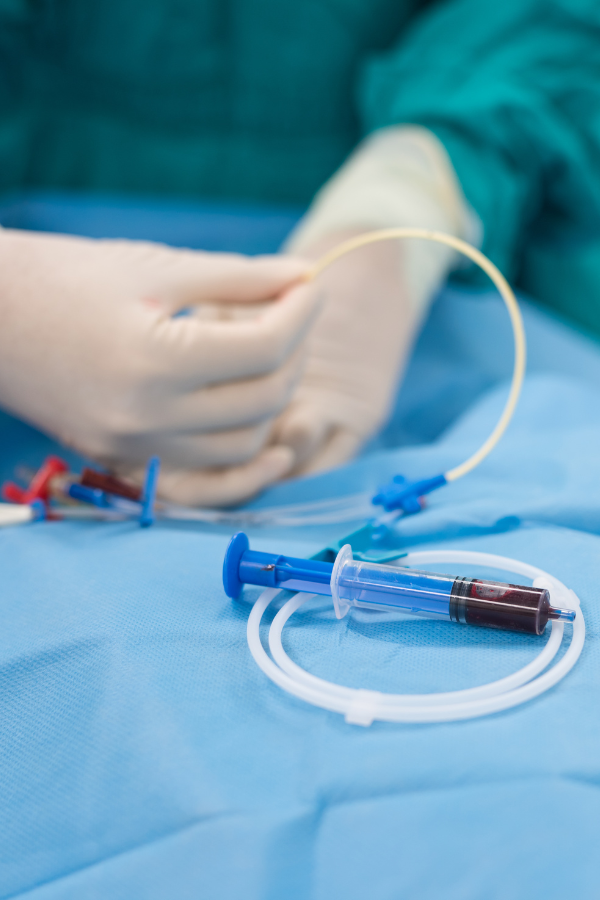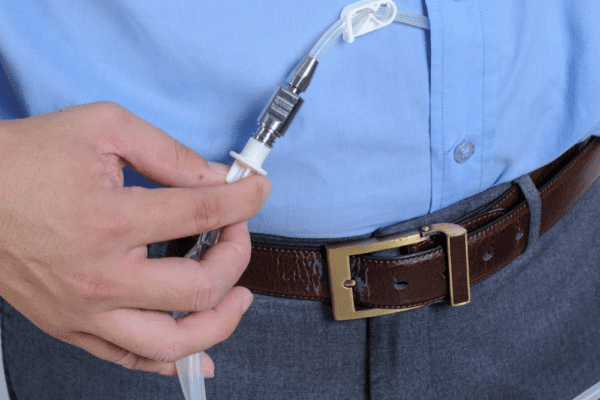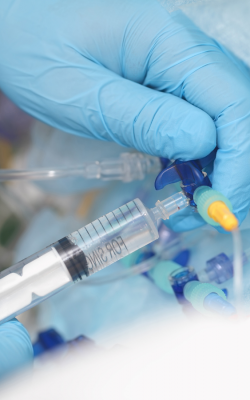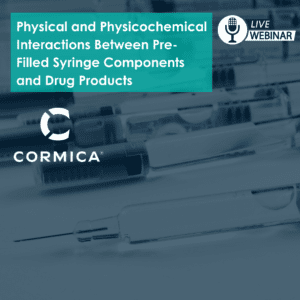Catheter Testing and Catheter Accessory Testing
What is a Catheter?
Catheters are thin flexible tubes used during medical procedures and can aid a patient during their recovery.
Catheters have multiple different functions, including: draining the bladder, taking blood, delivering nutrition to the gut, and placing stents in a blocked blood vessel to name a few.
Catheters are often used because they are considered to be minimally or non-invasive. This is because only a small incision, at most, is required to insert a catheter, which reduces the risk of infection compared to other alternatives.
Catheter Retention Means
Catheters that are designed to stay within the patient for an extended period of time, require a retention means.
A retention means keeps the catheter in position, so it will not move or fall out, which would affect performance.
There are multiple types of retention means, the most common is a balloon but also includes malecot wings and the pigtail.

Catheter Compliance and Standards

There are a range of standards for catheters with different functions, some of which are listed below:
- ISO 20695 – Enteral Feeding Catheter
- ISO 20696 – Urinary Catheters
- ISO 20697 – Drainage Catheters
- ISO 20698 – Neuraxial Catheters
- ISO 10555 Series – Intravascular Catheters
- BS 6196 – Epidural Catheters
- EN 12439 – Rectal Catheters
- EN 13868 – Short Term Kink Test
Accessory Devices
Accessory devices used with catheters, are covered by the standard:
ISO 11070 – Intravascular introduces, dilators and guidewires.
| Guidewire | Introducer Catheter | Introducer Needle |
|---|---|---|
| Surface Finish | ||
| Corrosion Resistance | ||
| Tensile Strength | Needle Point | |
| Resistance to Fracture | Liquid Leakage under Pressure | Strength of Union |
| Resistance to Damage by Flexing | Liquid Leakage through Haemostasis Valve | Compatibility with Introducer Catheter |

Catheter standards don’t specify a required number of samples to be tested.
We can also reuse samples for different tests within a sequence, as long as the testing is non-destructive, like flow rate or surface finish.
Spare samples can help us ensure our equipment is compatible with your device, and can allow us to design new custom rigs for your device.
We create custom protocols for testing, and we can provide testing for unique devices and bespoke methods.








